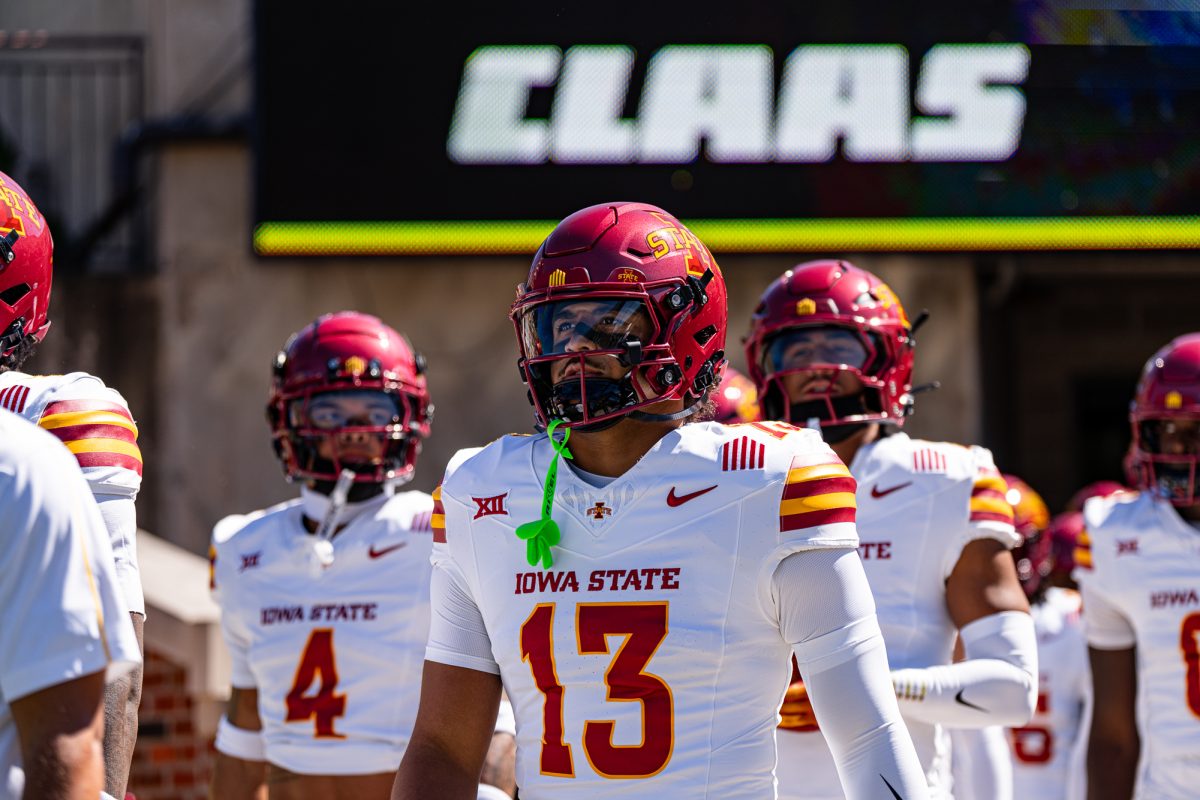Crime rates on campus fall, may be misleading
October 9, 2005
Although recent crime statistics on campus show a reduction in a number of offenses, police say statistics are often inaccurate and student behavior is more informative.
According to recently released statistics, the overall crimes reported for calendar year 2004 show simple assault, theft and criminal mischief – the state’s term for destruction of property – are at a five-year low, ISU Department of Public Safety Director Jerry Stewart said.
Liquor law violations were also notably fewer, Stewart said.
Combing the number of arrests and referrals DPS reported for liquor law violations shows a decrease of 205 violations between 2003 and 2004.
“All other areas are relatively static in terms of arrests and crimes being reported,” Stewart said.
ISU police attribute some of the reduction to their football campaign where officers target behavioral issues rather than searching out every crime committed, Stewart said.
“It’s very difficult to attribute the cause for crime reduction because most of what our officers respond to is complaint-driven. But there are other variables such as on-campus population and special events held throughout the year that can make it difficult to attribute that reduction,” he said.
Although there have been fewer reported crimes at Iowa State, other Iowa universities continue to face their own problems.
Despite a reduction in alcohol-related violations, the University of Northern Iowa’s Director of Public Safety David Zarifis said it is still a problem.
“Bootlegging is probably one of the biggest issues,” Zarifis said. “The city’s keg ordinance is one component. Certainly I think enforcement and education are needed to make that work; people need to know what the law is in order to comply.”
UNI police worked to reduce the number of car burglaries during the past four years, but thefts also continue to be a problem, he said.
“In any year, the stats in Iowa show we are in a relatively safe location, but that can change dramatically; a lot of it depends on what travels through our campus,” said Chuck Green, director of University of Iowa’s department of public safety.
ISU Police Capt. Gene Deisinger warns against making conclusions too general on evidence that is based exclusively around numbers.
“I would be very cautious about using data like these as a sole source in answering specific questions such as the value of limitations of specific interventions like the keg ordinance,” he said.
For example, four forcible sex offenses were reported on the ISU campus in 2004, and if officers can reduce the unnecessary use of alcohol, they might also reduce a higher number of offenses, Deisinger said.
“I think that the best value of statistics like these are to facilitate discussion of safety and security by the community … Is the community satisfied? That’s the more important question and that’s how we measure if we’re doing our job,” he said.






